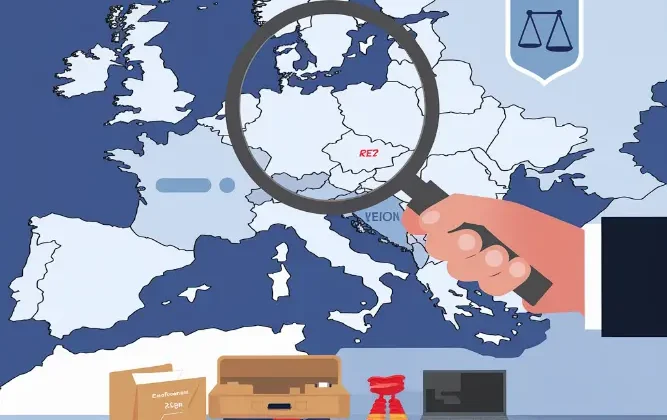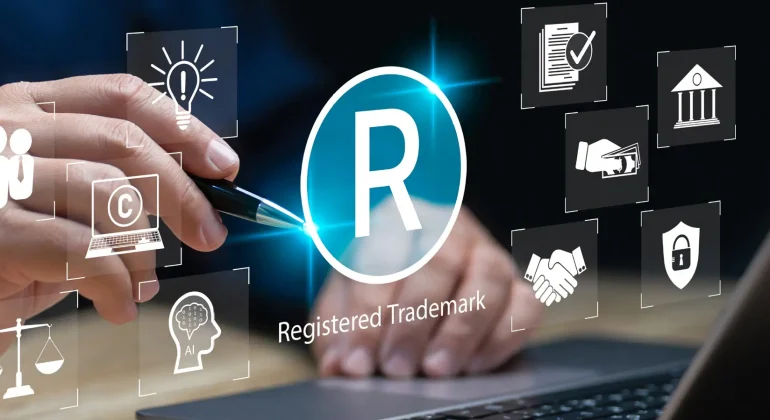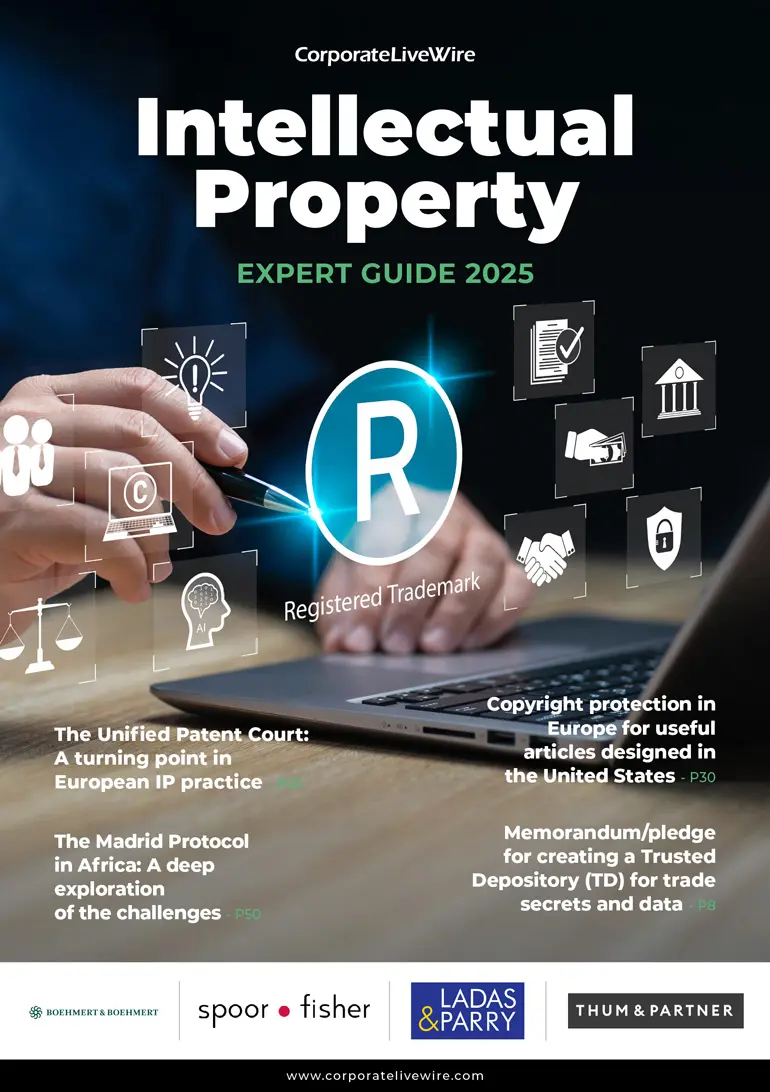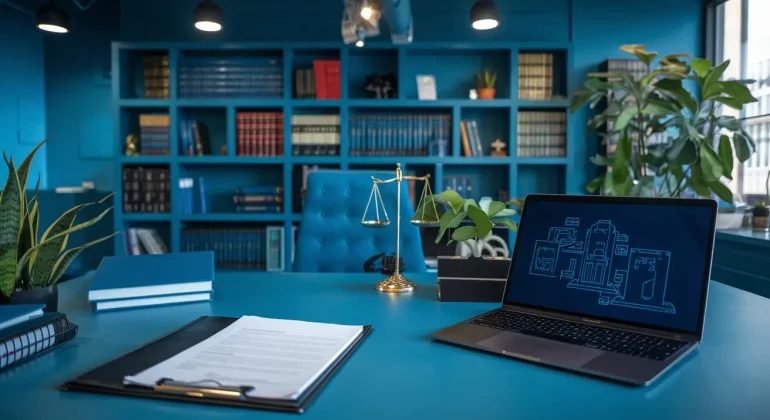Dreyfus and the Protection of Intellectual Property Rights in Europe: An Analysis
Since its inception, Dreyfus has established itself as a leader in the management of intellectual property rights (IPR) on a European scale. Faced with the rise of global trade and the growing challenges posed by counterfeiting, the company provides invaluable support to organizations of all sizes to protect and enhance their intangible assets. This article highlights recent trends in the enforcement of IPR in the European Union (EU), drawing on major jurisprudence to illustrate current challenges and solutions.
An Overview of the Fight Against Counterfeiting in Europe
The year 2023 marked a significant milestone in the EU’s efforts to combat counterfeiting. Over 152 million counterfeit items were intercepted, with an estimated value of approximately 3.4 billion euros. This represents a 77% increase compared to the previous year, highlighting the growing effectiveness of surveillance and enforcement measures, thanks to international cooperation and technological advancements.
Most Affected Product Categories
Products such as “Games,” “Toys,” and “Recorded CDs/DVDs” dominate the seizures in terms of volume. However, the rise in violations involving “packaging materials” and “labels” reveals a new trend where counterfeiters use neutral components to evade customs controls. This strategy was addressed in Coty Germany GmbH v. Amazon Services Europe Sàrl (C-567/18, CJUE, 2020), where the Court clarified the responsibilities of e-commerce platforms. Essentially, the company is not liable for trademark infringement unless it actively participates in offering or marketing counterfeit products.
Performance by Member States
Ten European countries stand out for their major contributions to seizures, with Italy taking the lead (74% of intercepted items). France, Romania, and Spain are also key players in these enforcement operations. The importance of cross-border cooperation was underscored in Top Logistics BV v. Bacardi & Company Ltd (C-379/14, CJUE, 2015), which clarified the conditions for seizing goods in transit within the EU
Transportation and Evasion Strategies
Counterfeiters exploit various transportation methods to move their products. Postal shipments account for 37% of cases, while maritime transport dominates in terms of volume, with containers holding thousands of items. This diversity underscores the need to adapt control methods to each logistical channel.
Trademarks at the Heart of Infringements
Trademarks are the most targeted rights, accounting for 84% of recorded infringements in 2023. Copyright violations (7%) and designs (3%) also raise concerns, particularly for high-profile brands.
Dreyfus: A Strategic Partner for IPR Protection
As an intellectual property specialist, Dreyfus offers key services to counter infringements:
- Proactive Monitoring: The company uses advanced technologies to detect potential violations in physical and online markets.
- Legal Management: With solid legal expertise, Dreyfus assists clients in IPR-related disputes by collaborating with national and international authorities.
- Training and Awareness: By educating companies on the best prevention strategies, Dreyfus helps strengthen their internal capabilities.
- Institutional Partnerships: The company works closely with organizations such as the EUIPO to enhance protection measures in the European market.
Future Challenges and Perspectives
Several challenges remain:
- Local Assembly: Counterfeiters use innovative strategies to assemble unbranded products in Europe, avoiding border seizures. In Nintendo v. BigBen Interactive (CJUE, C-25/16, 2018), the CJUE confirmed that intellectual property rights apply even when production stages are outsourced.
- E-commerce: The speed of online transactions complicates the detection and tracking of infringements. This issue was highlighted in Google France SARL v. Louis Vuitton Malletier SA (C-236/08, CJUE, 2010), which clarified the responsibilities of advertising platforms.
- Regional Disparities: Differences in resources and priorities among member states hinder a coordinated response. The case Comité Interprofessionnel du Vin de Champagne v. Aldi Süd (TGI Paris, 2019) illustrates the impact of variable standards on protecting geographical indications within the EU.
To address these challenges, Dreyfus advocates for a comprehensive approach based on technologies such as artificial intelligence and big data, as well as better harmonization of procedures across the European Union.
Conclusion
The year 2023 represents a turning point in the fight against counterfeiting in Europe. Thanks to a combination of concerted efforts, technological innovations, and landmark judicial decisions, the EU is better equipped to tackle these threats. Dreyfus positions itself as a key player in supporting companies in this essential battle, contributing to the protection of intangible assets and the preservation of European competitiveness. With concerted efforts and innovative solutions, it is possible to significantly reduce the impact of counterfeiting on the economy and society.
Dreyfus Law Firm collaborates with a global network of IP attorneys to provide tailored legal solutions
Join us on social media !











